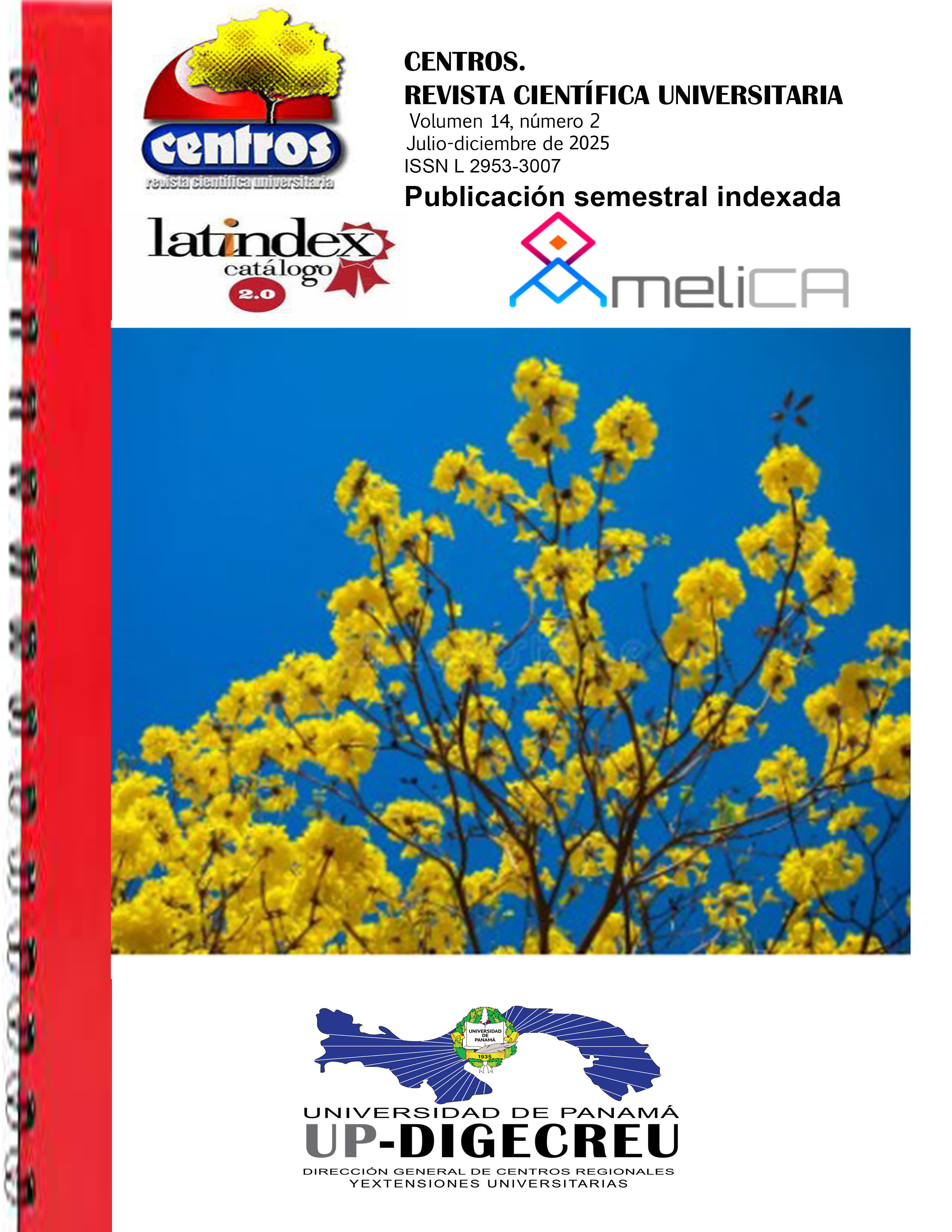

Copyright (c) 2025 Centros: Revista Científica Universitaria

This work is licensed under a Creative Commons Attribution-NonCommercial-ShareAlike 4.0 International License.
This article analyzes the relevance of maps as fundamental tools in the epidemiological surveillance of COVID-19 in Panama. It highlights their ability to visually present data through choropleth maps and graphs, which are essential for identifying the most affected geographical regions and implementing effective containment strategies. COVID-19, first identified in Wuhan, China, quickly spread worldwide. In response, Panama implemented sanitary barriers, contact tracing, physical distancing, the use of masks, and hand sanitizers. Daily diagnostic tests enabled the collection of statistics on infections and deaths. In this scenario, maps played a key role in justifying geographical decisions for public health interventions. The use of cartography to control infectious diseases has historical precedents, from Aristotle’s theories to modern quarantine models.